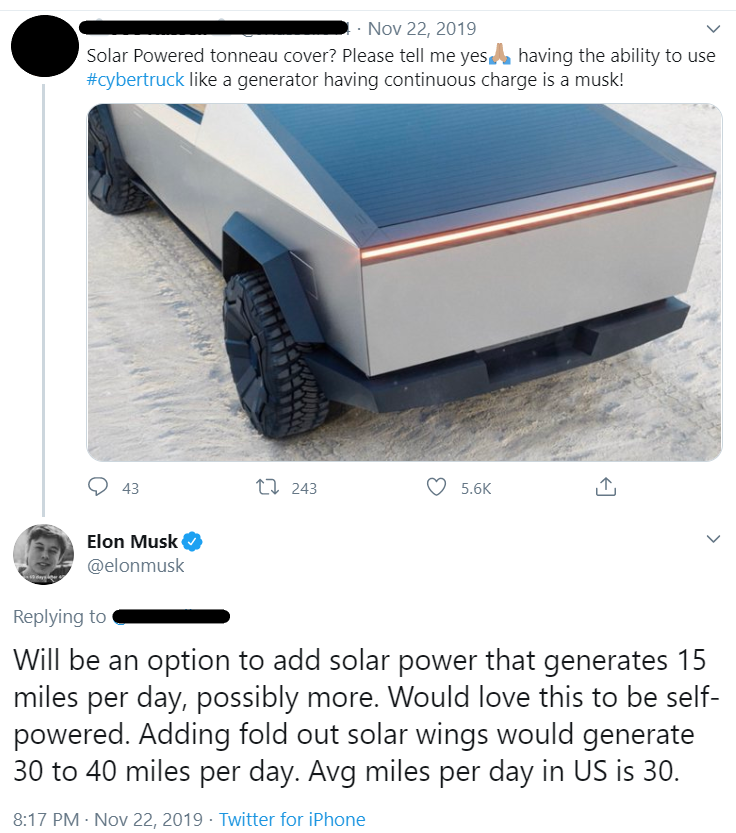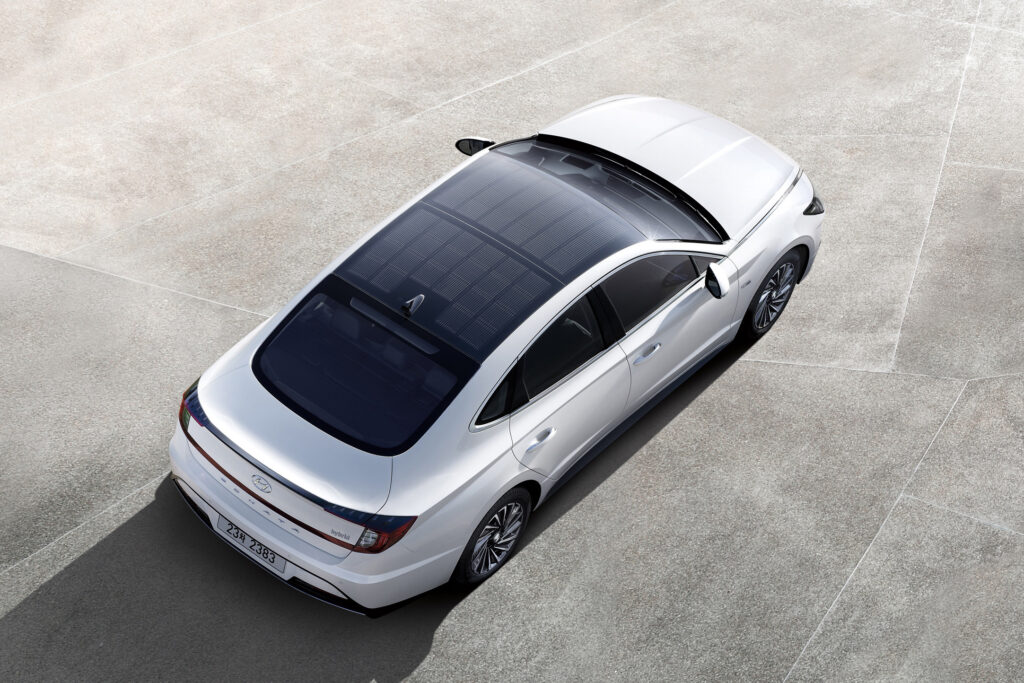If you had watched the movie ‘Honey I blew up the kid’, you would have seen this.

This is the image of a solar-powered GMC Safari van which Rick Moranis uses in the movie. But why is that no manufacturers install a solar panel in their EVs?
Many of us have this question because it eliminates range anxiety. And if you use the car only during the day, it can run forever. You can save a lot of money that you will spend for charging the vehicle. Also, it is more eco-friendly as over 60% of the electricity generated in the country is by burning fossil fuels.
Table of Contents
Challenges for solar cars
However, there is a catch here. Solar panels have a minimal effect over improving the range. This is because solar panels is not efficient enough (with 20% to 25%) to power an EV completely. To make things clear here is an example.
Consider the MG Zs EV.

It has a battery capacity of 44.5kWh and a range of 340 km (claimed).
Now let us install solar panels on the roof and hood. Let us take the best-case scenario here, which is why we use monocrystal panels. The panel I chose has a power rating of 185 W per square meter (approx).

Now coming to the car, it has a hood and roof area of approximately 4 square meters. Which means the panel can generate around 740 Wh of energy on a cloudless day. The sun shines best for about 4 to 6 hours a day. This means the total energy that is sent to the battery is 4.4 kWh.
This is about 10 percent of the total battery capacity which can increase the range for about 34 km.
34 km isn’t a big number for sure while considering the best-case scenario. Also, we have not considered for losses during the power generation process. This means that there will be a further reduction in the range.
More problems
Solar cars aren’t just inefficient, but there are more issues.
First, the cost of solar panels is around 30,000 rupees, which is high. Also, the cost is for flat panels, but our panels need to be custom designed for the best fit. This means the cost for designing, manufacturing and installing these panels is going up.
This increases the weight of the car which is a terrible thing for an EV as this would reduce the range. The added weight is not in a desirable place. Adding more weight on top of a car shifts its centre of gravity up, making it less stable.
Adding panel can degrade the look of the car. Also, one of Indians’ favourite feature ‘Sunroof’ will be gone.
The Bright side
Although solar cars have a lot of disadvantages, we can still use it as a support system. Increasing about 30 kms a day can be a big boon for some people. Something is better than nothing.

Just like batteries, the efficiencies of the solar panels are also getting better. It is getting cheaper as well and this means it has a good potential in the future.
Therefore, some companies are already working on this project.
Manufacturers working on solar cars
The first car that comes to my mind when I think of solar cars is this.

This is the ‘Lightyear One’ made by a Helmond based startup Lightyear. Founded in 2016 the company is working on this solar car and is making a promising statement. The car comes with panels fixed on the roof and hood and has a sleek design for better drag coefficients.
It comes with four-wheel mounted motors and can do 0 to 100 Kmph in 10 seconds. It also comes with four different charging options (including solar). To know more about this car, click here.
The company that is a pioneer in the fuel cell technology Toyota is also working in this field. Unlike the former car, the company is trying for a car that travels forever without charging.

Tesla is also having plans to place a solar panel as an option in its Cybertruck.

Companies like Hyundai is also working in this field.

Finally
The concept of solar cars is a big boon in adding extra miles to the battery. But the concept of powering an EV completely is not possible. However, things may change if there any revolution in solar panels. Cheap and/or efficient solar panels can definitely put a light on the concept of solar cars.
